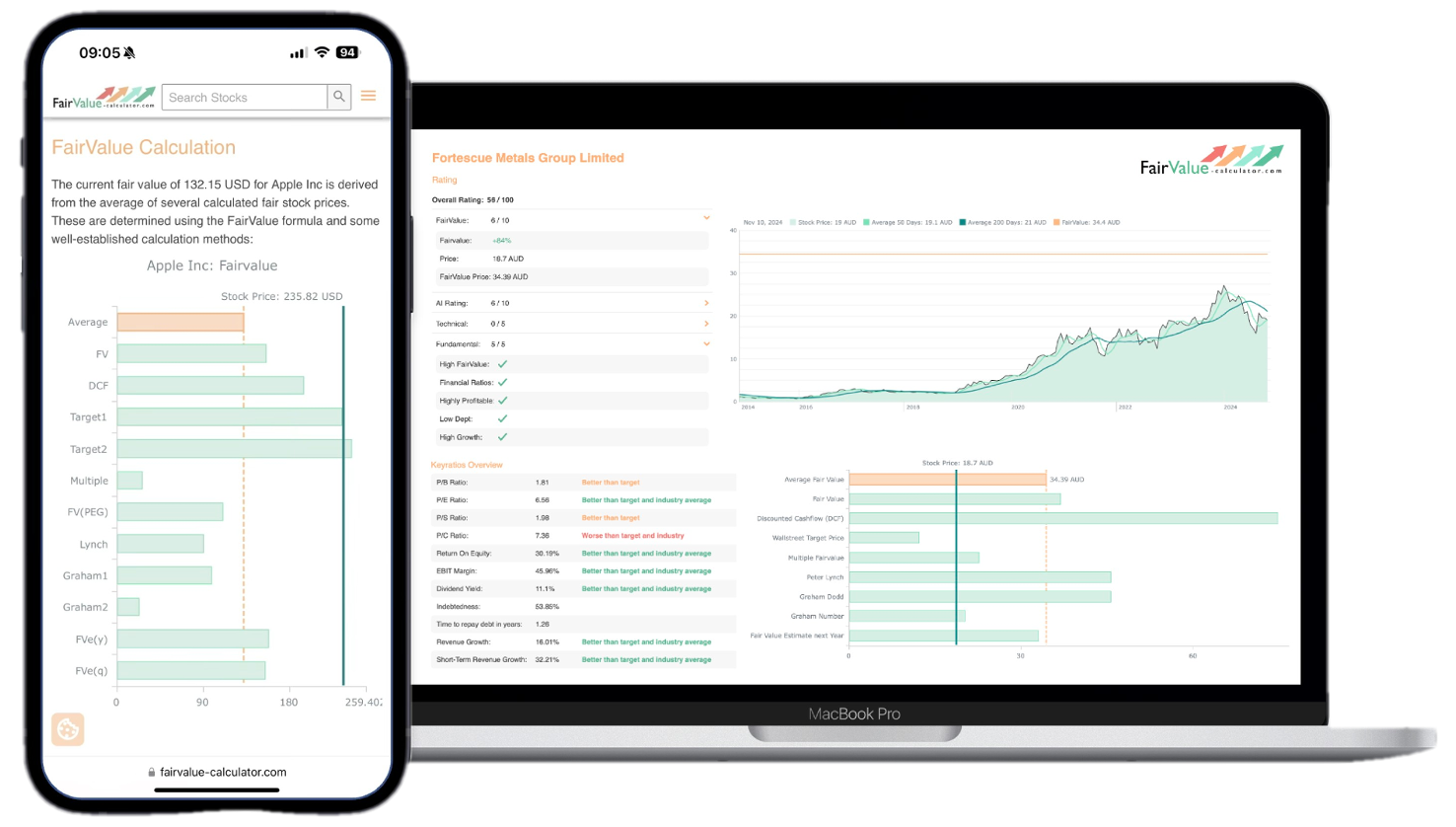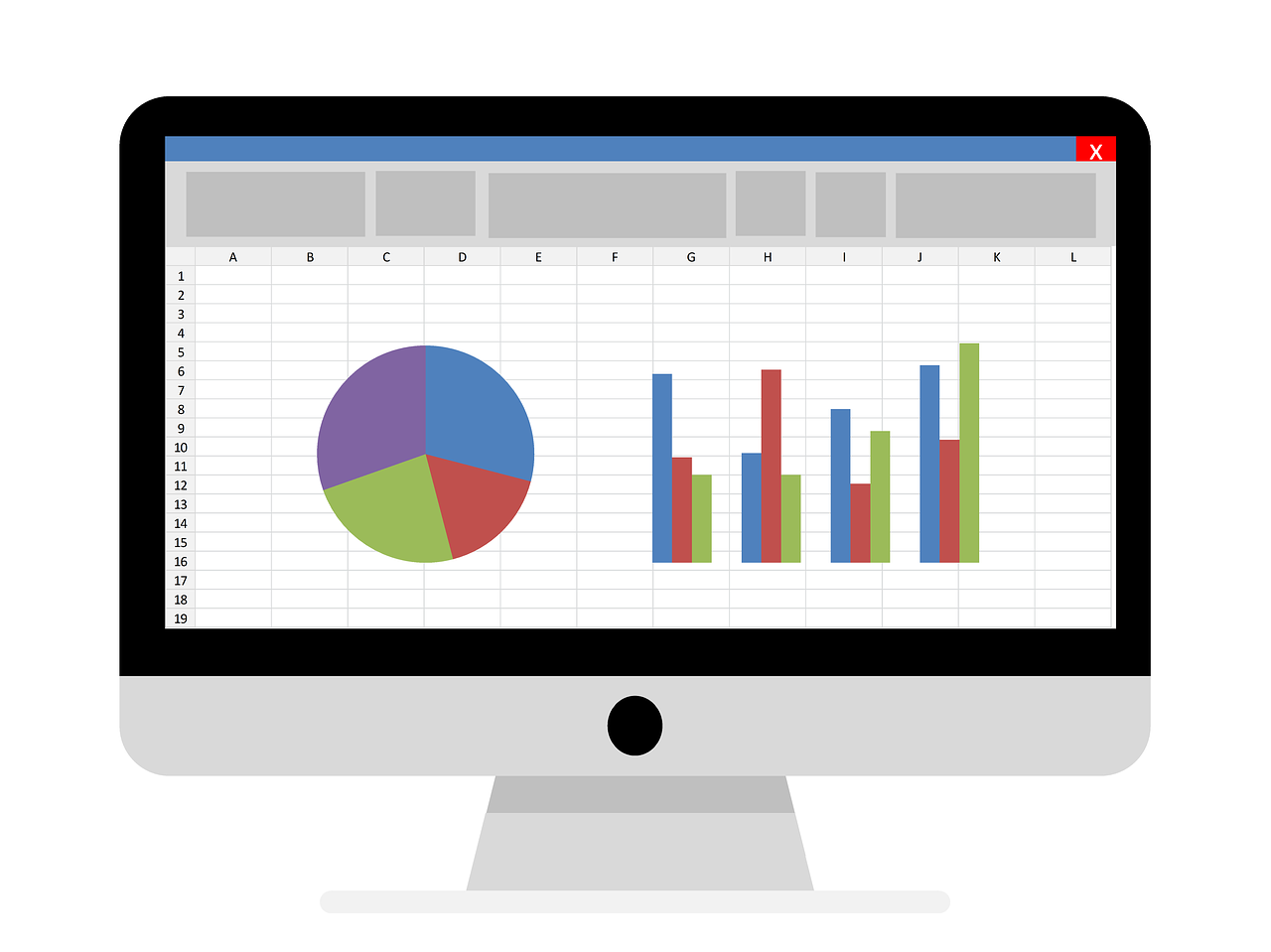In the rapidly evolving digital finance landscape, cryptocurrencies have emerged as a transformative force that challenges traditional notions of value and valuation. Bitcoin, Ethereum, and other digital assets have disrupted conventional financial paradigms, presenting unprecedented opportunities and complex challenges for investors, regulators, and financial professionals. At the heart of understanding these digital assets lies a critical question: How can we effectively apply fair value principles to a volatile and emerging asset class?
💡 Discover Powerful Investing Tools
Stop guessing – start investing with confidence. Our Fair Value Stock Calculators help you uncover hidden value in stocks using time-tested methods like Discounted Cash Flow (DCF), Benjamin Graham’s valuation principles, Peter Lynch’s PEG ratio, and our own AI-powered Super Fair Value formula. Designed for clarity, speed, and precision, these tools turn complex valuation models into simple, actionable insights – even for beginners.
Learn More About the Tools →Fair value, traditionally defined as the price that would be received to sell an asset in an orderly transaction between market participants, becomes particularly intricate when applied to cryptocurrencies. Unlike stocks, bonds, or commodities, digital currencies operate in a decentralized ecosystem characterized by extreme price volatility, limited historical data, and rapidly changing technological foundations.
🚀 Test the Fair Value Calculator Now!
Find out in seconds whether your stock is truly undervalued or overpriced – based on fundamentals and future growth.
Try it for Free →Explore our most popular stock fair value calculators to find opportunities where the market price is lower than the true value.
- Peter Lynch Fair Value – Combines growth with valuation using the PEG ratio. A favorite among growth investors.
- Buffett Intrinsic Value Calculator – Based on Warren Buffett’s long-term DCF approach to determine business value.
- Buffett Fair Value Model – Simplified version of his logic with margin of safety baked in.
- Graham & Dodd Fair Value – Uses conservative earnings-based valuation from classic value investing theory.
- Intrinsic vs. Extrinsic Value – Learn the core difference between what a company’s really worth and what others pay.
- Intrinsic Value Calculator – A general tool to estimate the true value of a stock, based on earnings potential.
- Fama-French Model – For advanced users: Quantifies expected return using size, value and market risk.
- Discount Rate Calculator – Helps estimate the proper rate to use in any DCF-based valuation model.
The Conceptual Framework of Fair Value in Cryptocurrency
Defining Fair Value for Digital Assets
Fair value assessment for cryptocurrencies requires a multifaceted approach that goes beyond traditional financial valuation methods. While conventional assets can be evaluated using established metrics like discounted cash flow, price-to-earnings ratios, or comparable company analysis, cryptocurrencies demand a more nuanced evaluation strategy.
Key components of cryptocurrency fair value assessment include:
Network Value and Utility
- Measuring the intrinsic value of a cryptocurrency based on its technological utility
- Assessing the potential real-world applications of the underlying blockchain technology
- Evaluating the size and activity of the network supporting the cryptocurrency
Market Adoption and Liquidity
- Analyzing the breadth and depth of market participation
- Examining trading volumes across various exchanges
- Considering the number of active wallets and transaction frequencies
Technological Innovation and Development
- Evaluating the ongoing development of the cryptocurrency’s underlying protocol
- Assessing the strength and activity of the developer community
- Analyzing potential technological improvements and scalability
Challenges in Cryptocurrency Valuation
Several unique challenges complicate the fair value determination of digital assets:
- Extreme Price Volatility: Cryptocurrency prices can fluctuate dramatically within short time frames, making consistent valuation difficult.
- Regulatory Uncertainty: Evolving and inconsistent regulatory environments across different jurisdictions create additional complexity.
- Market Sentiment: The value of cryptocurrencies is heavily influenced by market perception, media coverage, and social media trends.
- Limited Historical Data: The relatively short history of cryptocurrencies provides limited historical performance information for robust analysis.
Methodological Approaches to Cryptocurrency Fair Value
Quantitative Valuation Models
Network Value to Transactions (NVT) Ratio
The NVT ratio provides a cryptocurrency-specific approach to valuation by comparing the network’s total value to its transaction volume. A high NVT ratio might indicate that the asset is overvalued, while a lower ratio could suggest undervaluation.
Metcalfe’s Law Application
Adapted from telecommunications network valuation, Metcalfe’s Law suggests that a network’s value is proportional to the square of the number of connected users. This principle can be applied to cryptocurrency valuation by analyzing network growth and user adoption.
Comparative Analysis Frameworks
Cryptocurrency Ecosystem Comparison
Evaluating digital assets requires comparing them across multiple dimensions:
- Transaction speed
- Energy consumption
- Developer ecosystem
- Real-world use cases
- Security features
Qualitative Valuation Considerations
Beyond quantitative metrics, qualitative factors play a crucial role in fair value assessment:
Governance Structure
- Examining the decentralization level
- Analyzing decision-making mechanisms
- Understanding the long-term vision of the cryptocurrency project
Security and Trust
- Assessing historical security performance
- Evaluating potential vulnerabilities
- Understanding the robustness of the consensus mechanism
Case Studies: Fair Value Assessment
Bitcoin: The Original Cryptocurrency
Bitcoin presents a unique case study in fair value determination. As the first and most recognized cryptocurrency, its valuation is influenced by:
- Perceived store of value
- Limited total supply (21 million coins)
- Growing institutional acceptance
- Geopolitical and macroeconomic factors
Ethereum: Beyond Currency to Computational Platform
Ethereum’s fair value assessment must consider its dual nature as both a cryptocurrency and a decentralized computing platform. Factors include:
- Smart contract capabilities
- Ongoing technological developments (e.g., Ethereum 2.0)
- Growing decentralized finance (DeFi) ecosystem
- Developer activity and innovation potential
Emerging Trends in Cryptocurrency Valuation
Institutional Adoption
Increasing institutional interest is bringing more sophisticated valuation methodologies to the cryptocurrency market. Major financial institutions are developing specialized frameworks for digital asset evaluation.
Regulatory Evolution
As global regulatory frameworks become more defined, fair value assessment will likely become more standardized and transparent.
Technological Integration
Advanced technologies like artificial intelligence and machine learning are emerging as powerful tools for more accurate and dynamic cryptocurrency valuation.
Fair value assessment of cryptocurrencies remains a complex and evolving discipline. Traditional financial valuation principles must be creatively adapted to address the unique characteristics of digital assets. As the market matures, we can expect more refined, nuanced approaches to understanding and quantifying the value of these revolutionary financial instruments.
Investors, financial professionals, and technology experts must remain adaptable, continuously learning and refining their understanding of this dynamic landscape. The future of digital asset valuation lies in interdisciplinary approaches that combine financial expertise, technological understanding, and innovative thinking.
References
Academic Journals
- Baur, D. G., Hong, K., & Lee, A. D. (2018). Bitcoin: Medium of exchange or speculative assets? Journal of International Financial Markets, Institutions and Money, 54, 177-189.
- Provides in-depth analysis of Bitcoin’s valuation characteristics and economic function
- Corbet, S., Lucey, B., Urquhart, A., & Yarovaya, L. (2019). Cryptocurrencies as a financial asset: A systematic analysis. International Review of Financial Analysis, 62, 182-199.
- Comprehensive systematic review of cryptocurrency valuation methodologies
- Foley, S., Karlsen, J. R., & Putniņš, T. J. (2019). Sex, drugs, and bitcoin: How much illegal activity is financed through cryptocurrencies? The Review of Financial Studies, 32(5), 1798-1853.
- Explores valuation challenges related to cryptocurrency ecosystem dynamics
Professional Publications
- Kim, J. W. (2017). Bitcoin pricing models and fair value. Journal of Derivatives, 24(3), 74-89.
- Detailed examination of pricing models for cryptocurrencies
- Burniske, C., & Tatar, J. (2018). Cryptoassets: The Innovative Investor’s Guide to Bitcoin and Beyond. McGraw-Hill Education.
- Comprehensive book on valuation methodologies for digital assets
Institutional Research
- Schilling, L., & Uhlig, H. (2019). Some simple bitcoin economics. Journal of Monetary Economics, 106, 16-26.
- Academic analysis of Bitcoin’s economic characteristics
- Gerner-Beuerle, C., Maume, P., & Quintyn, M. (2018). Regulation in the age of disruptive technologies: How distributed ledger technology regulations impact the financial market infrastructure. European Business Organization Law Review, 19(4), 595-624.
- Explores regulatory implications for cryptocurrency valuation
Professional Financial Analyses
- Catalini, C., & Gans, J. S. (2018). Initial coin offerings and the value of crypto tokens. National Bureau of Economic Research Working Paper, No. 24418.
- In-depth analysis of token valuation methodologies
- Vidal-Tomás, D. (2021). The dynamics of the cryptocurrency market: A network perspective. Research in International Business and Finance, 58, 101517.
- Network-based approach to cryptocurrency valuation
Regulatory and Policy Research
- Eichengreen, B. (2021). From commodity to fiat and now to crypto: What does history tell us? National Bureau of Economic Research Working Paper, No. 25426.
- Historical perspective on digital asset valuation
Technology and Innovation Journals
- Swan, M. (2015). Blockchain: Blueprint for a New Economy. O’Reilly Media, Inc.
- Foundational text on blockchain technology and economic implications
Emerging Market Research
- Urquhart, A. (2017). Price clustering in Bitcoin. Economics Letters, 159, 145-148.
- Analysis of pricing dynamics in cryptocurrency markets







